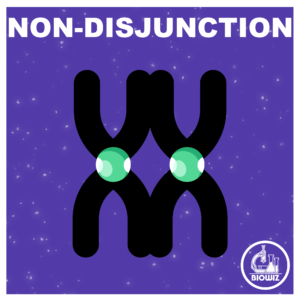Process of copying of information present on the DNA in the form of RNA i.e. Transcription involves joining of ribonucleotides by phosphodiester bonds.
IMPORTANT POINTS
- Transcription occurs throughout Interphase as well as in a non-dividing cell.
- Site: Prokaryotes → Cytoplasm; Eukaryotes → Nucleus + Mitochondria + Plastids
- Template dependent process i.e. DNA is required as a template for the synthesis of RNA.
- Only one strand of DNA is used as a template.
- Based on complementary base pairing.
- Only a small fragment of DNA is copied into RNA.
- Only NTPs are used as substrate.
REQUIREMENTS
1. TRANSCRIPTION UNIT
- Part of dsDNA involved in Transcription is called the Transcription Unit (TU).
- Transcription unit consist of 3 main parts:
a. Promoter
b. Structural gene
c. Terminator
PROMOTER
- Rich in A=T base pairs.
- High % of A=T base pairs help in easy unwinding of DNA during initiation.
- Consist of Conserved sequences for recognition by RNA polymerase.
STRUCTURAL GENE
- Consist of information for synthesis of RNA [mRNA, rRNA, tRNA].
- In Prokaryotes,
- The structural gene consist of only coding sequences i.e. they do not have Split gene arrangement.
- Each structural gene codes for more than one polypeptide chains therefore called Polycistronic.
- In Eukaryotes,
- The structural gene consist of both coding (exons) and non-coding sequences (introns).
- Structural gene usually codes for only one polypeptide chain and thus called Monocistronic.
TERMINATOR
- Site at which transcription stops.
2. ENZYMES
- The enzyme involved in Transcription is called DNA dependent RNA polymerase.
- RNA polymerase synthesizes RNA strand by joining Ribonucleotides based on the sequence of deoxynucleotides present on DNA in 5’ → 3’ direction i.e. 5’ → 3’ polymerase activity.
- DNA dependent RNA polymerase also causes unwinding of DNA helix during transcription.
- In prokaryotes, only one type of DNA dependent RNA polymerase is present which synthesizes all types of RNA i.e. mRNA, tRNA and rRNA (23S rRNA, 16S rRNA, 5S rRNA).
- In eukaryotes, 3 types of RNA polymerases are present i.e. RNA pol I, RNA pol II and RNA pol III
3. PROTEINS
σ-factor (Sigma factor)
- Required for initiation step of transcription.
- σ-factor helps the RNA polymerase to bind to the promoter region of the transcription unit.
- In absence of σ-factor, RNA polymerase binds randomly to any site in DNA and starts transcription.
ρ-factor (Rho factor)
- Helps in termination of transcription.
4. IONS
- Mg2+
MECHANISM OF TRANSCRIPTION (IN PROKARYOTES)
INITIATION
- σ-factor binds to the RNA polymerase.
- RNA polymerase- σ-factor complex bind to the promoter site by recognizing the conserved sequences present in the promoter.
- RNA polymerase starts unwinding a short stretch of the DNA helix resulting in formation of a Transcription Bubble.
- Formation of RNA by using coding strand of DNA as template and NTPs as substrate by the activity of RNA polymerase.
- σ-factor is released from the RNA polymerase.
ELONGATION
- RNA polymerase continues to add ribonucleotides to the RNA chain by using NTPs as substrate.
TERMINATION
- ρ-factor binds to the RNA polymerase as it reaches the termination site.
- The newly formed RNA (primary transcript) gets released



